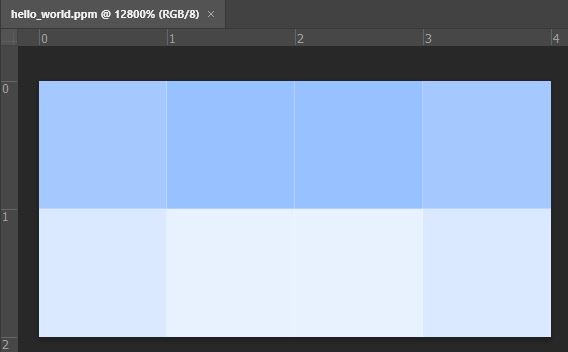Hello, devs!
I need to complete a project for the Software Engineering class and I was thinking that I can write my own render engine in Python. I have no idea how to do it, but I was always keen to look under the hood of this process.
It could be an extremely basic and super slow engine but at a bare minimum, it should be able to render provided model (say in obj format) with some basic lighting and material.
There is an awesome book Raytracing in One Weekend and it looks like I just need to reproduce it.
It’s feasible for a junior/mid-level programmer to complete this task in a couple of months? How hard would be to substitute a procedural sphere used in the examples with real geometry? Do you have other cool resources regarding this topic? What could be potential blockers for finalizing the project?



